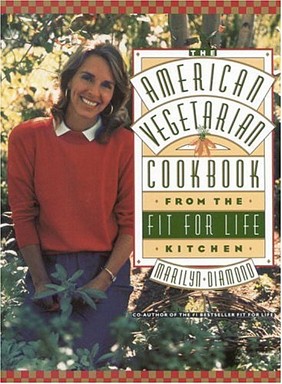Almond Milk
You need:a simple blender or Vita-Mix
one medium-size fine strainer
cheesecloth to line the strainer (optional)
a large bowl
a pitcher with lid, for storage
Blanch almonds by placing them in 1 cup boiling water. Allow them to stand until the water has cooled slightly, and then peel off skins, or prepare milk with unblanched almonds. (Milk from blanched almonds will be slightly whiter in color and smoother in consistency with no difference in flavor.) Dry almonds well.
1/2 cup shelled raw almonds
1/2 tablespoon pure maple syrup (optional)
2 cups water
1. Place almonds in blender and grind to a fine powder. Add sweetener and 1 cup water. Blend again for 1 to 2 minutes to form a smooth cream.
2. With blender running on high, add remaining cup of water slowly through opening of blender lid. Blend 2 minutes.
3. Place the strainer over a large bowl; to ensure a smooth milk, line the strainer with cheesecloth. (If you do not have cheesecloth, you can simply strain your milk twice, using an even finer strainer the second time.)
4. Pour almond milk slowly into strainer and allow to filter through. Add liquid to strainer in increments and just let it drain naturally, or stir the milk in the strainer with a spoon to encourage it to pass through more rapidly.
5. When all the milk has passed through the strainer, there will be approximately 1/2 cup of almond fiber accumulated. If you have used a cheesecloth liner, you can pull the edges together and gently squeeze the remaining milk out of the fiber, or use a spoon to gently press the remaining milk through the strainer. (The fiber can be stored in the refrigerator for a few days and used as a moisturizing body scrub when you shower.)
Makes about 2 cups.
Note: The amount can be doubled if you need a quart of Almond Milk. Almond Milk will keep in the refrigerator for 4 or 5 days. Store it in a jar or pitcher with an airtight lid.
Other Nut and Seed Milks
Using the same equipment, ratio of ingredients, and procedure, you can make wonderful milks from sesame seeds, sunflower seeds, or cashews.
From: The American Vegetarian Cookbook by Marilyn Diamond.
Via: Cathy Flick on Yeast-L list
